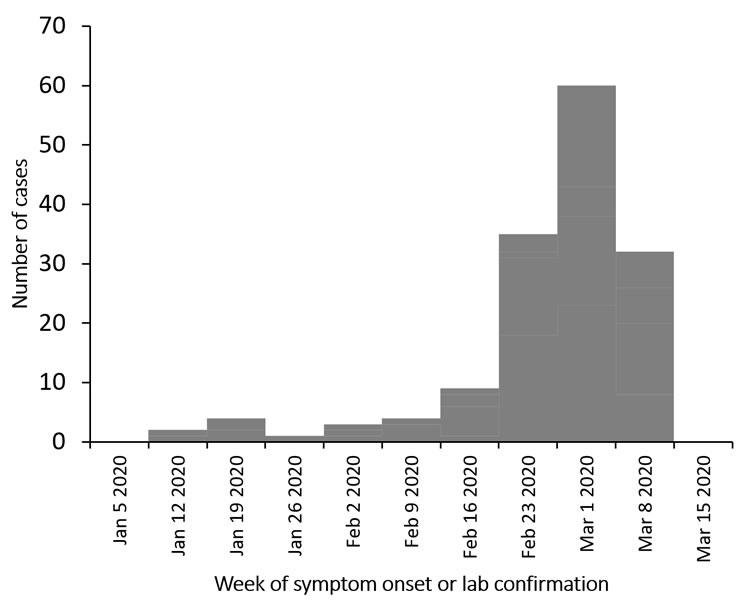Our American friends are trying to pass an emergency finance bill to deal with the economic fall out of the Covid-19 epidemic. But Nancy Pelosi decided it would be a great idea to add layers of lefty causes to a fairly simple finance measure and, as a result, the bill has been delayed.
Our own Justine Trudeau attempted to put an Emergency Funding Act through Parliament which would have given the Canadian Cabinet the power to tax and spend without going to Parliament for 18 months. He failed. But not until more time had been wasted.
Canadians are losing their jobs. Fast. A million and half of them have apparently applied for EI benefits. The system is not designed to deal with that many applications all at once. While the one week waiting period has been waived, the reality is that there will be no new EI cheques for several days if not weeks.
The Trudeau government has announced the Canada Emergency Response Benefit which is, as far as I can see, a program designed to pay $2000 a month to people who a) apply, b) who lost their jobs, got sick, are under quarantine or have to stay home because of school closures. The application is to be online as of the beginning of April with cheques (really?) out ten days or so later.
Let’s be optimistic and imagine that the CERB goes as planned. The earliest people will get the benefit will be April 15. It is the 25th as I write. I have been broke enough to know what 20 days with no money feels like. But no money and no prospect of generating any because of Covid-19 lock downs is impossible.
Trudeau and his Cabinet lack any sense of urgency. They have not got a clue about how tough the next month is going to be for the million and a half Canadians who have lost their jobs.
A smart, decisive government would have looked for every possible way to get money into the hands of the unemployed, the stay at home moms, the older adults and the welfare recipients by the end of March. No questions asked, no applications required. The Canadian government, through its various programs and the Canadian Revenue Agency, has the name and bank account information for millions of Canadians. Simply sending $2000 to people who receive the Child Tax Benefit, the GST rebate and CPP/OAP would kick start the process. Sending $2000 to every single one of the EI applicants currently in the system, without looking at eligibility would be a solid move. Then co-ordinate with the provinces to send $2000 to every welfare recipient.
There is no time for a bureaucratically perfect solution here. People are being told to stay home. They can’t do that if they have no money. So get them money.
UPDATE: The geniuses at the BC government just announced a program to help people hit by the economic consequences of CONVID-19 deal with rent. Apparently they think $500 paid direct to the landlord is going to make a difference. Have they looked at rents in Vancouver or Victoria?



